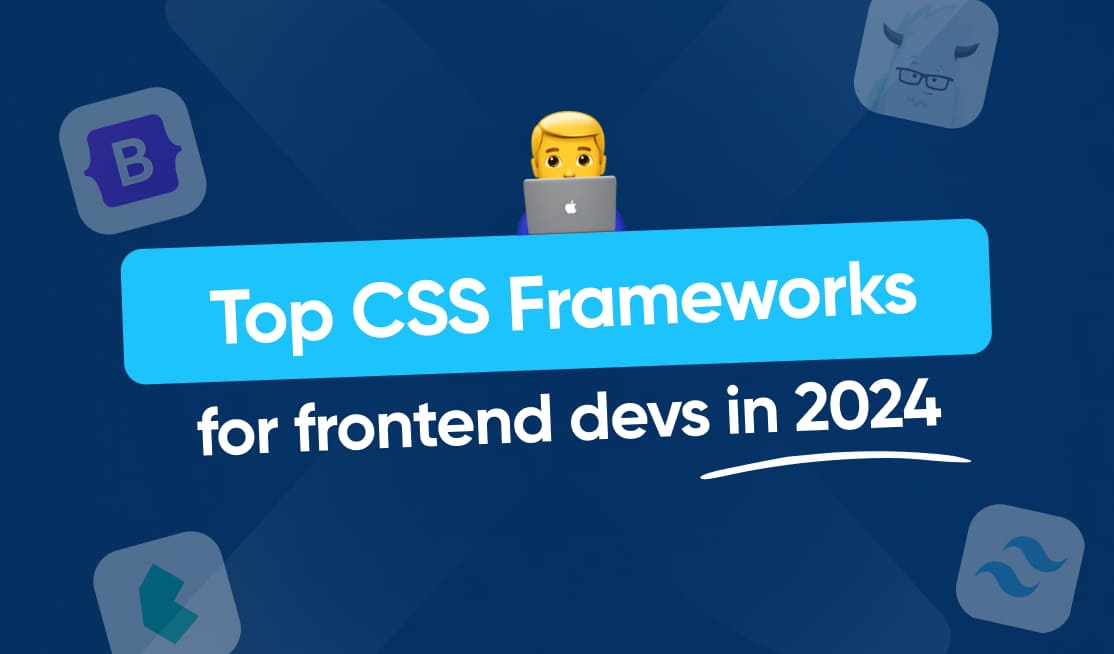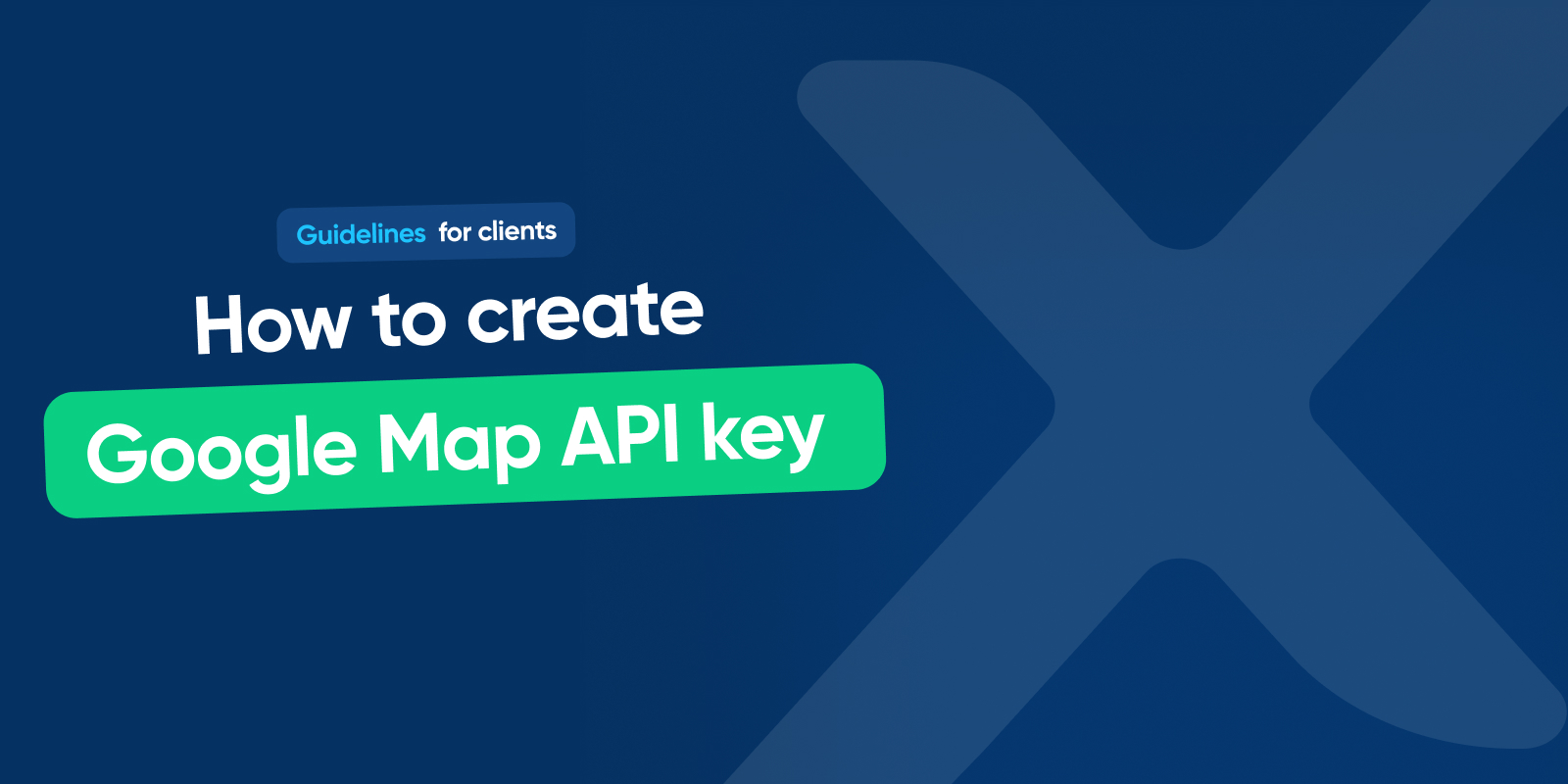A Comprehensive Guide to Exploring CSS Frameworks: Bootstrap, Foundation, and More

CSS frameworks have become an integral part of web development, allowing developers to quickly and efficiently build aesthetically pleasing and responsive websites. With an abundance of options available, it can be daunting to choose the right framework for your project. In this comprehensive guide, we will explore some of the most popular CSS frameworks, including Bootstrap, Foundation, and more, to help you make an informed decision.
Understanding CSS Frameworks
CSS frameworks are pre-written CSS code that provides a solid foundation for web development. They offer a set of predefined styles, components, and layout systems, allowing developers to streamline the development process and create consistent designs across multiple web pages. These frameworks are highly customizable and can be utilized by both beginners and experienced developers.
What are CSS Frameworks?
CSS frameworks are essentially a collection of CSS files that contain ready-to-use styles for common web design elements, such as buttons, forms, navigation bars, and grids. They usually come with comprehensive documentation and guidelines on how to use them effectively. Some frameworks also include JavaScript components to enhance interactivity and user experience.
Imagine you are starting a new web development project. You have a clear vision of how you want your website to look and function, but you don’t want to spend hours writing repetitive CSS code. This is where CSS frameworks come to the rescue. By using a CSS framework, you can jumpstart your project and focus on the unique aspects of your design, rather than reinventing the wheel.
Benefits of Using CSS Frameworks
Using CSS frameworks offers several advantages. Firstly, they save a significant amount of time by eliminating the need to write repetitive CSS code from scratch. Instead, you can leverage the pre-built styles and components provided by the framework and quickly apply them to your project. This not only speeds up the development process but also ensures consistency throughout the website, as the framework provides a standardized set of styles.
Another benefit of CSS frameworks is their responsive nature. With the increasing variety of devices and screen sizes, it is crucial for websites to adapt and provide a seamless user experience across different platforms. CSS frameworks take care of this by incorporating responsive design principles into their styles and components. This means that your website will automatically adjust its layout and appearance to fit various screen sizes, without requiring additional effort on your part.
Choosing the Right CSS Framework for Your Project
When selecting a CSS framework, it is crucial to consider factors such as project requirements, design needs, and developer experience. Bootstrap and Foundation are two of the most popular and widely used frameworks. Let’s dive deeper into each of them to understand their features, pros, and cons.
Bootstrap, developed by Twitter, is known for its extensive set of components and responsive grid system. It offers a wide range of pre-styled elements, such as buttons, forms, and navigation bars, making it easy to create visually appealing and user-friendly interfaces. On the other hand, Foundation, created by ZURB, focuses on flexibility and customization. It provides a modular approach, allowing developers to pick and choose the components they need, resulting in a more lightweight and tailored solution.
Both frameworks have active communities and regular updates, ensuring that they stay up-to-date with the latest web design trends and best practices. Ultimately, the choice between Bootstrap and Foundation (or any other CSS framework) depends on your specific project requirements and personal preferences. It is recommended to experiment with different frameworks and evaluate their features before making a decision.
Deep Dive into Bootstrap
Bootstrap is an open-source CSS framework developed by Twitter. It is renowned for its extensive set of components, responsive grid system, and powerful JavaScript plugins. Bootstrap is beginner-friendly and offers a great starting point for developers looking to create visually appealing and mobile-friendly websites.
Introduction to Bootstrap
Bootstrap provides a wide range of pre-designed components and styles that are easy to implement. From typography and forms to navigation and carousels, Bootstrap covers almost every aspect of web design. It also includes a responsive grid system that automatically adjusts the layout based on the screen size, making your website look great on desktop, tablet, and mobile devices.
Let’s take a closer look at some of the key components and styles offered by Bootstrap. The typography options in Bootstrap allow you to easily set the font size, weight, and line height for your website’s text. You can choose from a variety of predefined classes to create headings, paragraphs, and other text elements with consistent styling.
Forms are an essential part of any website, and Bootstrap makes it incredibly easy to create stylish and functional forms. With Bootstrap, you can quickly add input fields, checkboxes, radio buttons, and more. The framework also provides validation styles and feedback messages to help users fill out forms correctly.
Key Features of Bootstrap
- Responsive grid system for fluid layouts
- Pre-styled components for quick implementation
- Flexible and customizable design options
- Support for responsive navigation bars and forms
- Extensive collection of JavaScript plugins for enhanced functionality
In addition to its components and styles, Bootstrap offers a responsive grid system that allows you to create fluid layouts. The grid system is based on a 12-column layout, which can be easily customized to fit your specific design needs. This flexibility makes it easier to create responsive websites that adapt to different screen sizes and orientations.
One of the standout features of Bootstrap is its extensive collection of JavaScript plugins. These plugins provide additional functionality to your website, such as image sliders, modals, tooltips, and more. The plugins are well-documented and can be easily integrated into your project, saving you time and effort in development.
Pros and Cons of Using Bootstrap
Bootstrap’s popularity can be attributed to its ease of use, extensive documentation, and wide community support. The framework allows developers to quickly prototype websites and provides a solid foundation to build upon. However, Bootstrap sites can sometimes look similar due to the default styles, and customizing the framework to create unique designs may require some additional effort.
Despite these limitations, Bootstrap remains a popular choice for many developers due to its reliability and versatility. The framework continues to evolve, with regular updates and new features being added to meet the ever-changing needs of web development. Whether you’re a beginner or an experienced developer, Bootstrap is a valuable tool that can streamline your workflow and help you create stunning websites.
Exploring Foundation
Foundation is another popular CSS framework that provides a comprehensive set of tools for building responsive websites. It was developed by ZURB and is widely regarded for its flexibility and scalability. Let’s delve deeper into the features and advantages of Foundation.
What is Foundation?
Foundation is a feature-rich CSS framework that offers a wide range of customizable components, including grids, forms, buttons, and navigation menus. It is designed to be mobile-first and focuses on creating responsive designs that adapt to different screen sizes smoothly.
Notable Features of Foundation
Foundation excels in providing a highly flexible grid system that enables developers to create complex and unique layouts. It supports a variety of pre-styled components and offers extensive customization options. Foundation also includes built-in accessibility features and prioritizes clean HTML markup for optimal site performance.
Advantages and Disadvantages of Foundation
Foundation’s flexibility and modularity make it an excellent choice for projects that require extensive customization. It also has a solid community support system that provides regular updates and assistance. However, Foundation might have a steeper learning curve for beginners compared to Bootstrap, and its advanced features may not be necessary for simpler websites.
Other Noteworthy CSS Frameworks
In addition to Bootstrap and Foundation, there are a few other CSS frameworks worth exploring. Let’s take a brief look at two notable options: Bulma and Semantic UI.
Overview of Bulma
Bulma is a lightweight CSS framework that is easy to use and highly customizable. It emphasizes simplicity and uses modern CSS features like flexbox for building responsive designs. Bulma offers a minimalistic and clean aesthetic, making it suitable for projects that require a sleek and modern look.
Insights into Semantic UI
Semantic UI is a user-friendly framework that focuses on intuitive and human-readable code. It uses natural language conventions for class names, making it easy to understand and maintain. Semantic UI provides a wide variety of pre-designed components and integrates well with JavaScript frameworks like React and Angular.
Understanding Materialize
Materialize is a front-end CSS framework that implements Material Design, Google’s visual language for user interfaces. It offers a wide range of components and animations that align with Material Design principles. Materialize is well-documented and offers a pleasant and modern aesthetic, making it a solid choice for projects that aim to provide a contemporary user experience.
In conclusion, CSS frameworks provide a valuable toolkit for developers to create visually appealing and responsive websites efficiently. Bootstrap and Foundation are widely regarded as two of the best options due to their extensive features and community support. However, other frameworks like Bulma, Semantic UI, and Materialize offer unique advantages and are worth exploring based on your project requirements and design preferences. By selecting the right CSS framework, you can streamline your development process, save time, and build websites that are both visually appealing and user-friendly.


